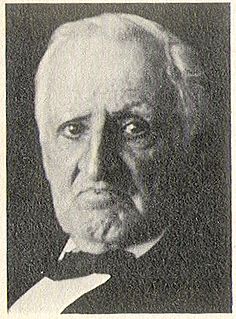Biography
Anderson was born in 1908. He was educated at the University of Maryland, in which he also got his Ph.D. in 1936. During the same year he became a member of the United States Department of Agriculture, his job was there as a field assistant, and at the same time he worked with the Bureau of Entomology and Plant Quarantine. In 1937 he received a promotion as an assistant entomologist, and in 1939 he became the entomologist himself. He was appointed as Chief of Insect Identification and Parasite Introduction Research Branch in 1960, which position he kept till he retired in 1967. He was a specialist on the Coleoptera and its larvae. [1]

The United States Department of Agriculture (USDA), also known as the Agriculture Department, is the U.S. federal executive department responsible for developing and executing federal laws related to farming, forestry, and food. It aims to meet the needs of farmers and ranchers, promote agricultural trade and production, work to assure food safety, protect natural resources, foster rural communities and end hunger in the United States and internationally.
The Bureau of Entomology was a unit within the Federal government of the United States from 1894 to 1934. It developed from a section of the Department of Agriculture which had been working on entomological researches and allied issues relating to insects.

Entomology is the scientific study of insects, a branch of zoology. In the past the term "insect" was more vague, and historically the definition of entomology included the study of terrestrial animals in other arthropod groups or other phyla, such as arachnids, myriapods, earthworms, land snails, and slugs. This wider meaning may still be encountered in informal use.













